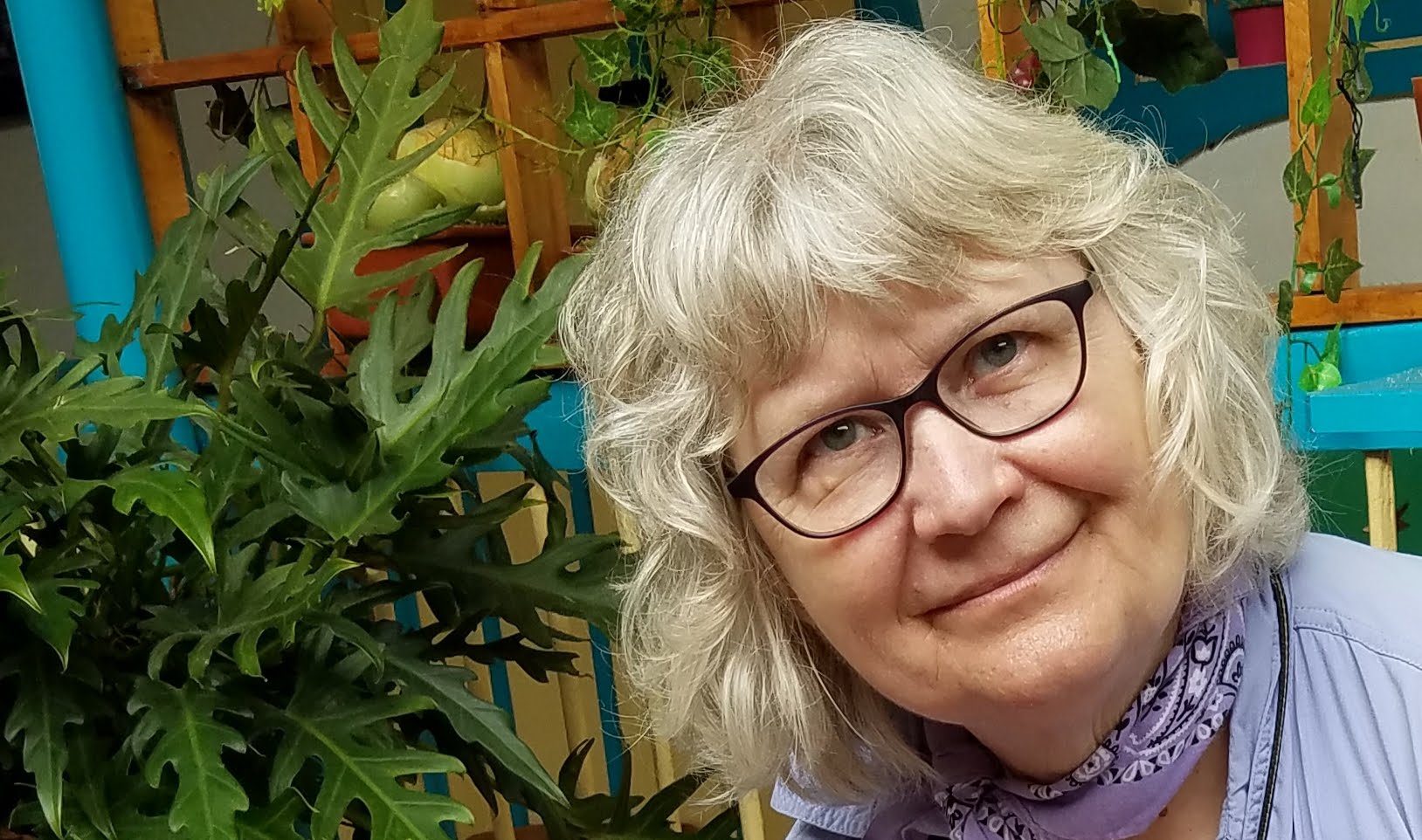One of the historical characters who makes an appearance in my novel Branches and Bones is Augustine Herrman, who is best known for his map of the Chesapeake area. He was also a smuggler.
Before there was a Chesapeake and Delaware Canal to transport goods between the Chesapeake Bay and the Delaware River, Herrman operated a not-so-secret smuggling route through the same territory. It’s only about 13 miles across the shortest point between the Delaware River and the Chesapeake Bay (I’ve walked it). For people with goods to ship in the long-ago days before toll roads and tractor-trailers, it was a lot faster than going down the length of the Chesapeake Bay, around the hook of the Delmarva Penninsula, and on to Philadelphia or New York.
His smuggling route began at Augustin Herrman’s home, Bohemia Manor. He was a cosmopolitan colonist from Prague in what was then called Bohemia, a well-respected citizen of New Amsterdam (New York), international trader, and negotiator with Governor Calvert of Maryland. Before he had completed one of the earliest (and prettiest) maps of the settled lands along the Chesapeake Bay, he had figured out that the land between the bay and the river was valuable. He had earned the favor of the Governor of Maryland, who granted him 4000 acres between the Elk and Bohemia Rivers, where the distance between the Chesapeake and the Delaware is the shortest.
There was one problem: most goods were moved by ship. And there was no canal then. There was a small area of dry land between the two watersheds of the bay and the river. They solved the problem by connecting the navigable streams of the two watersheds closest to each other with a short road, probably about five miles, and they simply hauled small ships from the Chesapeake over it. A wheeled cradle was built for the ships with a door at each end. The ship sailed in one door on the Chesapeake side and out the other into a stream leading to the Delaware River. Oxen pulled the ship in its cradle overland between the two streams.

Besides saving time, Augustine Herrman’s elaborate portage could also save a little extra money by offloading cargo bound for Europe at the smaller ports along the Delaware River, where the British Customs agents were less diligent. The British had passed harsh laws requiring most goods produced in the colonies, notably tobacco, to be shipped only to British ports on British ships and pay full British taxes. Plantation owners, merchants, and even small farmers enthusiastically joined in the game of shipping directly to other countries to avoid the taxes. The little town of New Castle on the Delaware River had been settled by the Dutch originally, and it was directly across from Bohemia Manor. With the cooperation of its many Dutch residents, it may have been an ideal place to smuggle tobacco onto a ship bound for Amsterdam.



